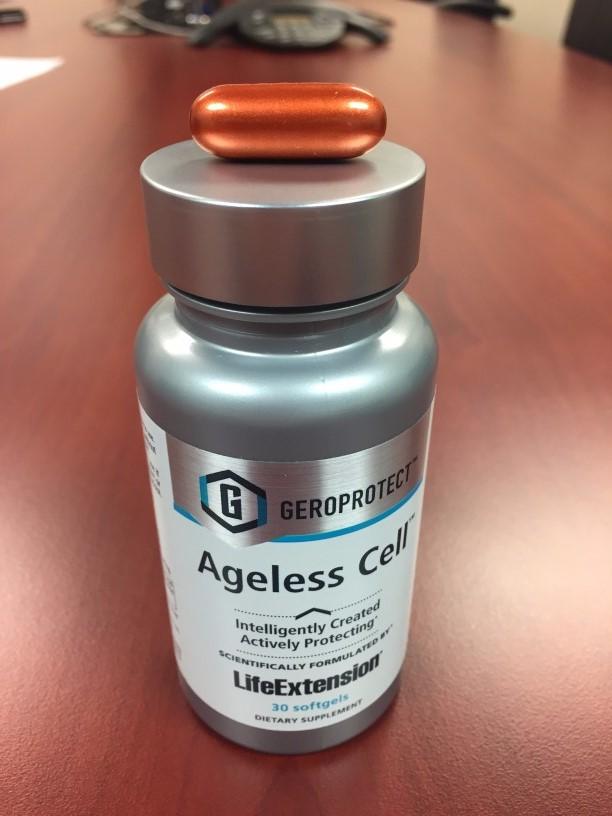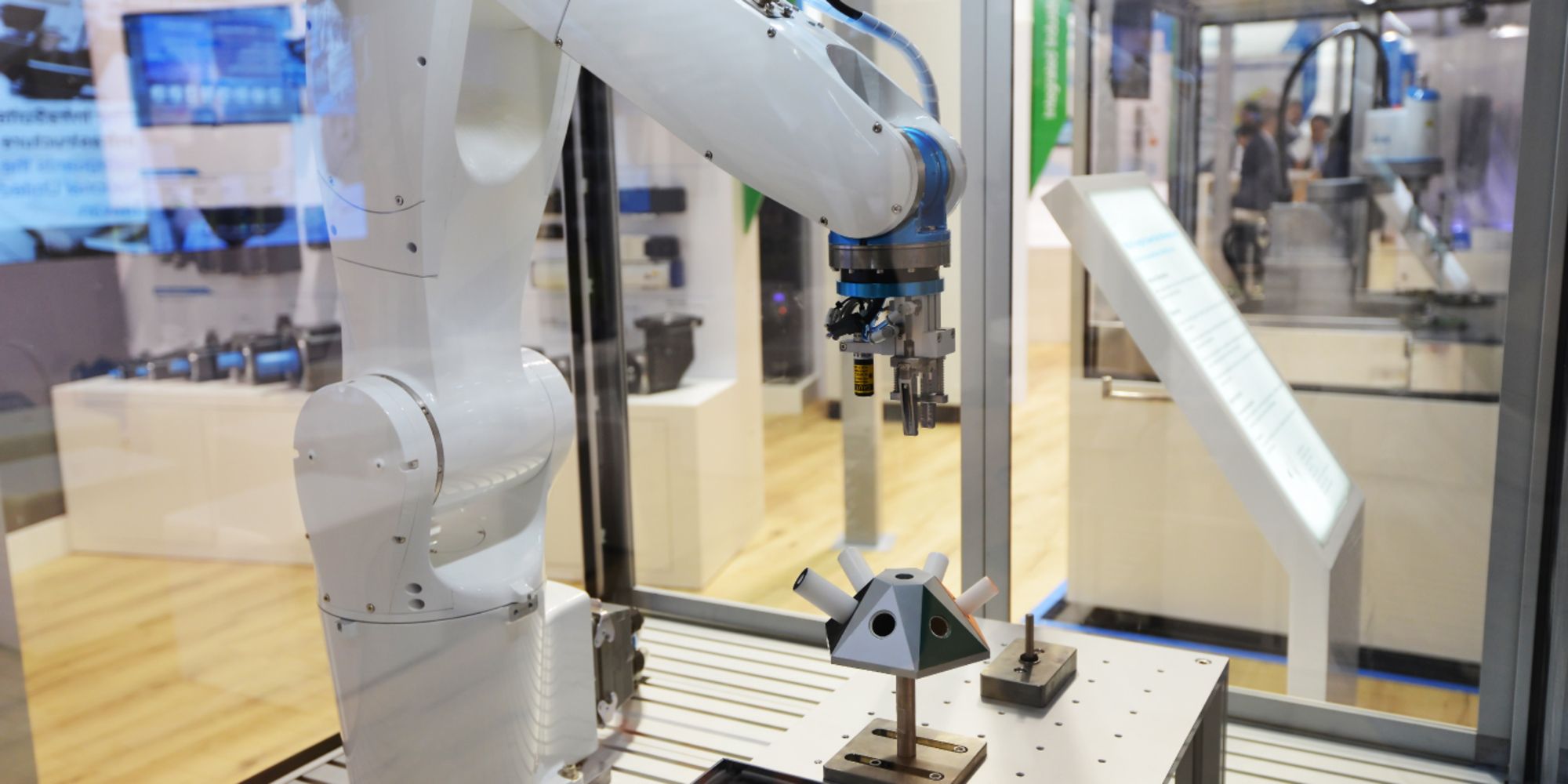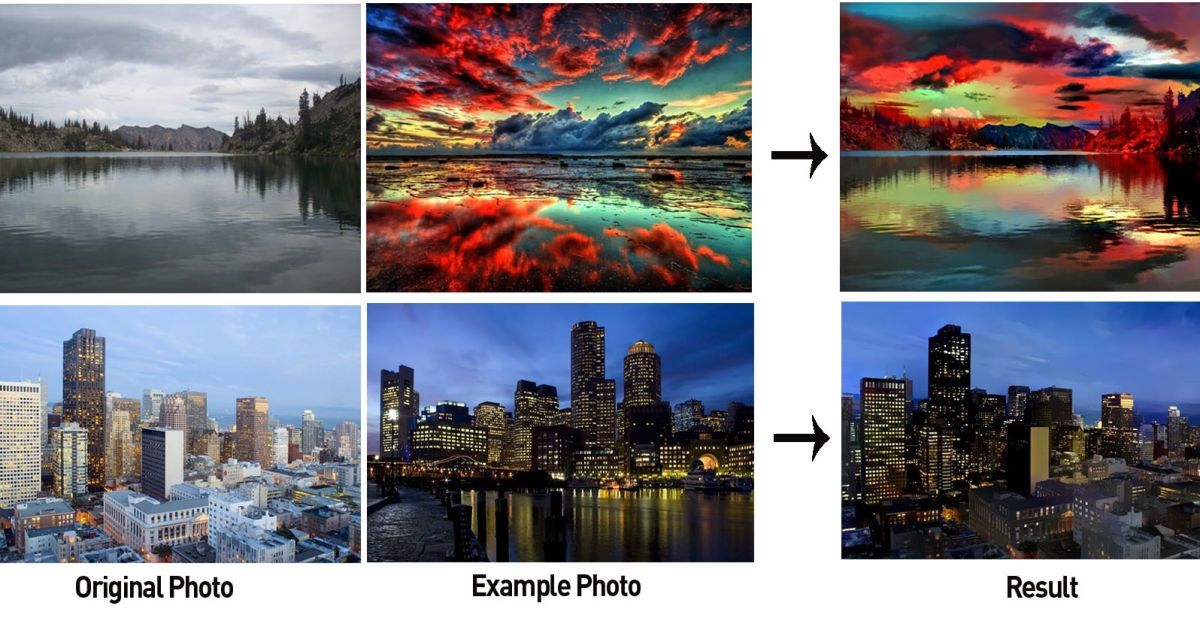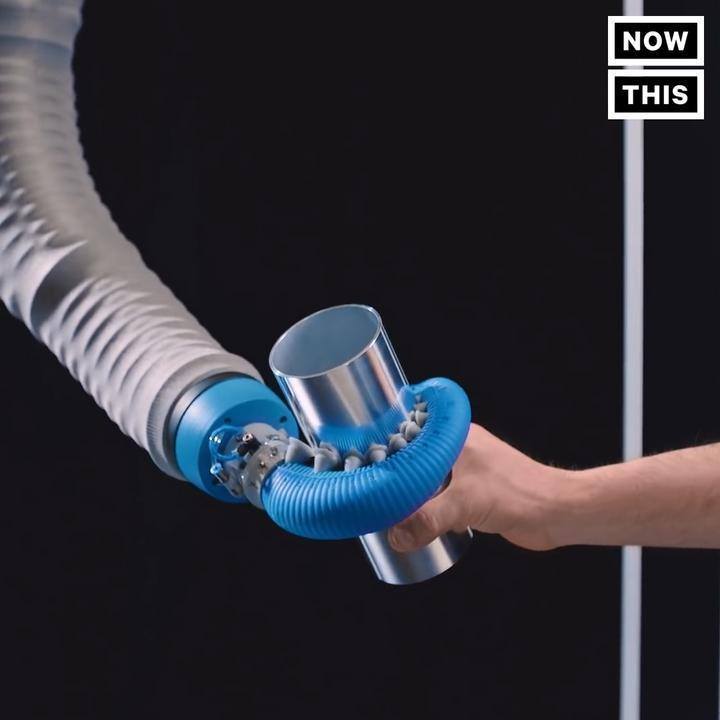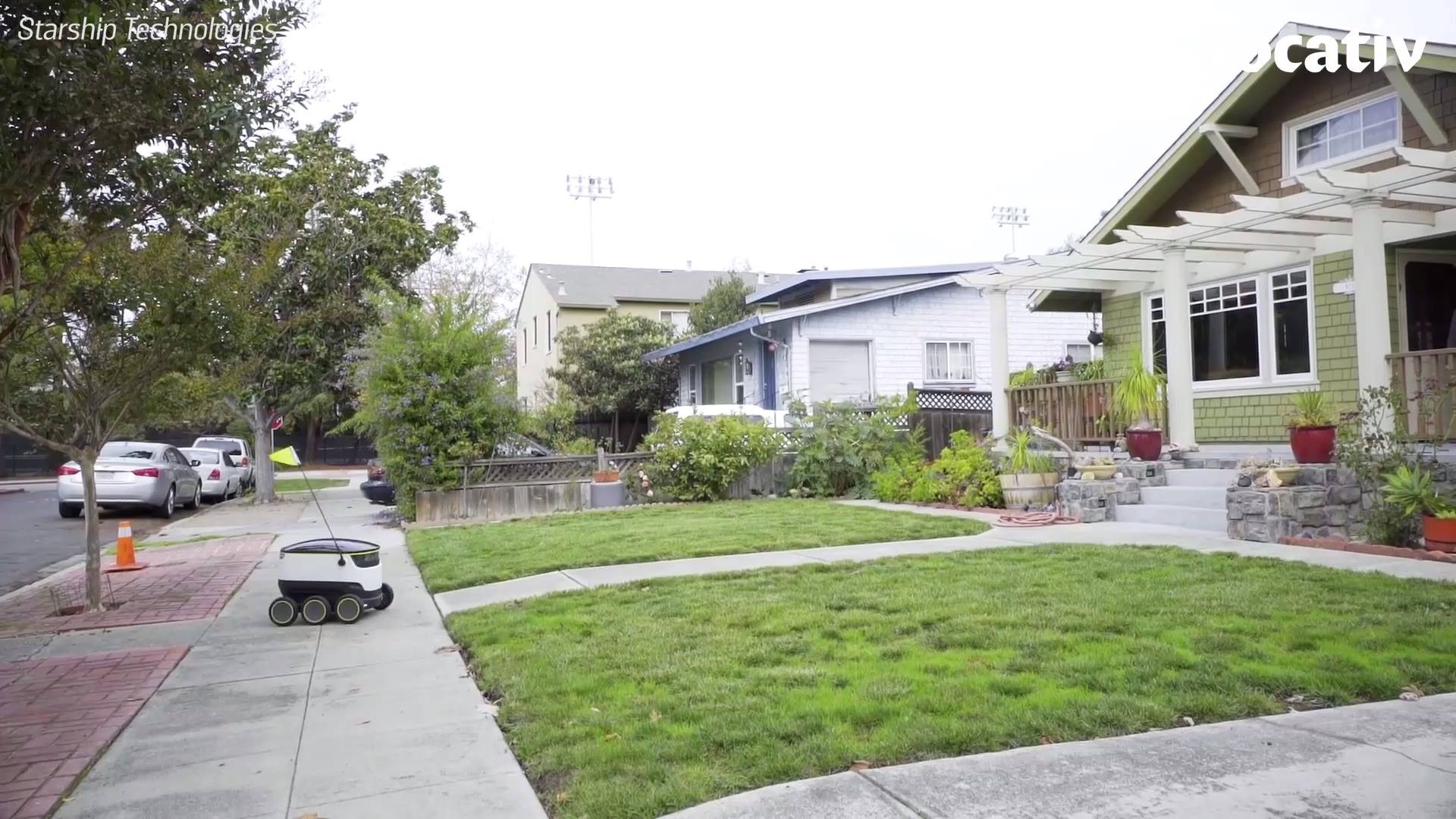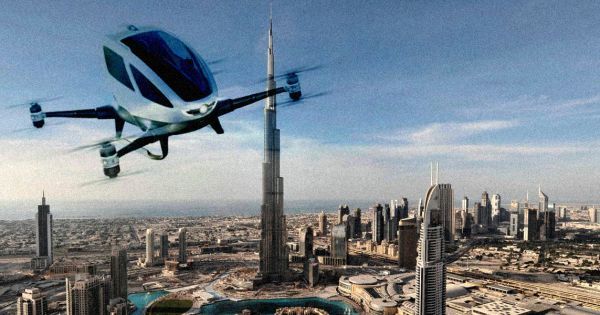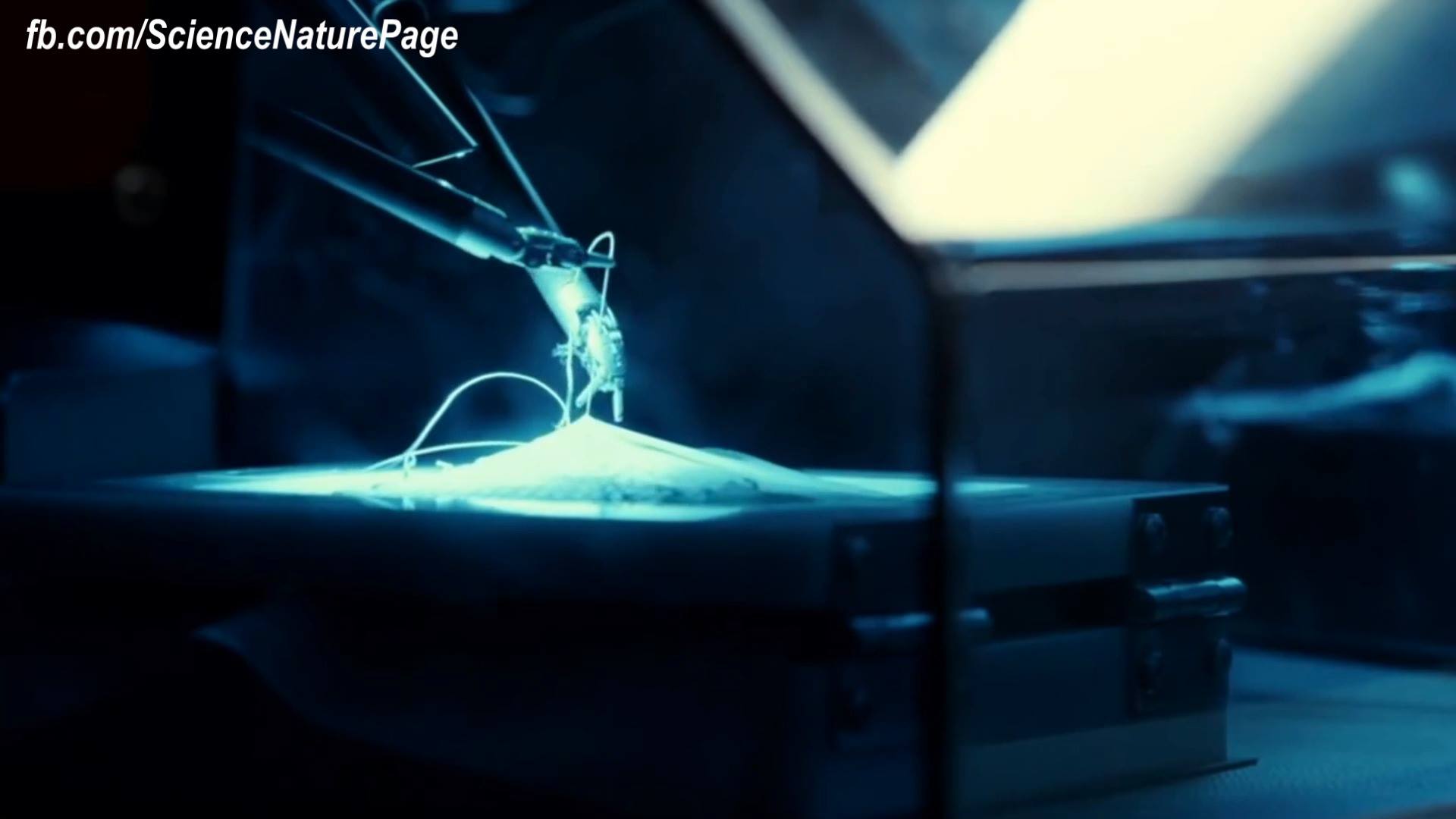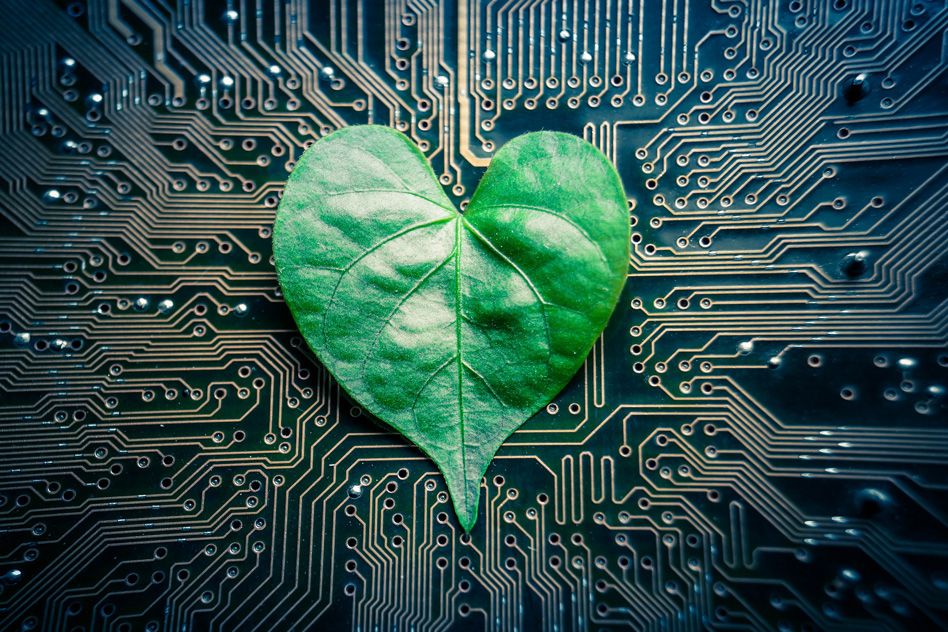Wednesday, March 1st Baltimore, MD — In March 2016 Insilico Medicine initiated a research collaboration with Life Extension to apply advanced bioinformatic methods and deep learning algorithms to screen for naturally occurring compounds that may slow down or even reverse the cellular and molecular mechanisms of aging. Today Life Extension (LE) launched a new line of nutraceuticals called GEROPROTECTTM, and the first product in the series called Ageless CellTM combines some of the natural compounds that were shortlisted by Insilico Medicine’s algorithms and are generally recognized as safe (GRAS).
The first research results on human biomarkers of aging and the product will be presented at the Re-Work Deep Learning in Healthcare Summit in London 28.02−01.03, 2017, one of the popular multidisciplinary conferences focusing on the emerging area of deep learning and machine intelligence.
“We salute Life Extension on the launch of GEROPROTECTTM: Ageless Cell, the first combination of nutraceuticals developed using our artificial intelligence algorithms. We share the common passion for extending human productive longevity and investing every quantum of our energy and resources to identify novel ways to prevent age-related decline and diseases. Partnering with Life Extension has multiple advantages. LE has spent the past 37 years educating consumers on the latest in nutritional therapies for optimal health and anti-aging and is an industry leader and a premium brand in the supplement industry. Also, LE also has a unique mail order blood test service that allows US customers to perform comprehensive blood tests to help identify potential health concerns and to track the effects of the nutraceutical products,” said Alex Zhavoronkov, PhD, CEO of Insilico Medicine, Inc.
